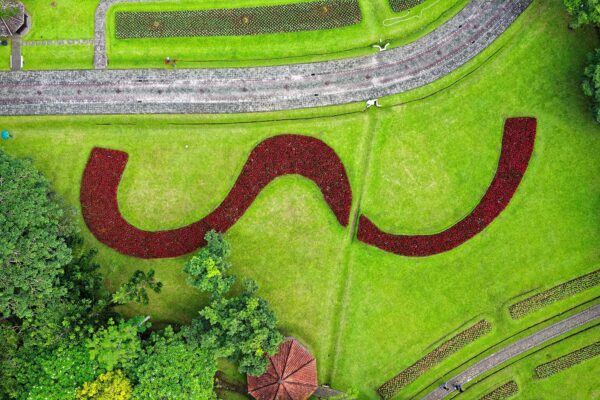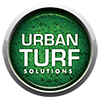Advantages of Artificial Grass
Artificial grass has been steadily gaining popularity due to its numerous advantages that extend far beyond its aesthetic appeal. These benefits make it an attractive alternative to traditional natural grass in various applications, from sports arenas to residential lawns and commercial landscapes.
One of the most touted advantages of artificial grass is its low maintenance nature. Unlike natural grass, artificial grass does not require watering, mowing, or fertilising to maintain its lush, green appearance. This leads to significant time and cost savings, making it an attractive option for busy homeowners and budget-conscious businesses alike.

Not requiring watering also makes artificial grass an environmentally friendly option, particularly in regions affected by water scarcity. Given that traditional lawns can require substantial amounts of water, especially in warmer months, the water conservation aspect of artificial grass is increasingly being recognized as a major advantage.
Artificial grass is remarkably durable. It can withstand heavy foot traffic and still retain its appealing aesthetics. This durability makes it a favourite for sports fields, playgrounds, and high traffic public spaces. Whether it’s a soccer match or a children’s birthday party, artificial grass stands up to the challenge without losing its integrity.
The durability of artificial grass also extends to its ability to handle a range of weather conditions. Unlike natural grass that can become muddy and slippery in the rain or dry and brown in harsh sun, artificial grass maintains its look and functionality across changing seasons. This makes it a reliable choice for regions with volatile weather conditions.
Artificial grass also offers a cleaner environment, which is especially beneficial in areas used by pets and children. Mud and dirt are not issues with artificial grass, and it does not attract pests like natural grass can. This can lead to cleaner indoor spaces as well, as less dirt is tracked inside by shoes or pets.
With the changing environmental landscape here in New Zealand artificial grass enables more hours of sports and recreation. Sports fields remain open and playable and backyards remain usable as they are dryer and do not turn to mud.
For pet owners, artificial grass presents additional advantages. Issues common with natural grass, such as pets digging holes or causing bald spots, are eliminated with artificial grass.
From a design perspective, artificial grass is versatile and can be tailored to fit any space, no matter the size or shape. It can also be used in areas where it would be difficult or impossible to grow natural grass, like on rooftops or shaded areas.
Aesthetically, artificial grass offers a uniform, vibrant green lawn throughout the year. Unlike natural grass, its appearance is not subject to the vagaries of weather conditions, pest attacks, or other environmental factors. This ensures a picturesque green space that enhances the overall appeal of the surroundings, regardless of the season.
In the context of increasing urbanisation and decreasing availability of water in many regions, artificial grass emerges as a sensible and attractive choice. Its plethora of advantages, combined with advances in technology that have made it more natural-looking and pleasant to the touch, are driving its widespread adoption across residential, commercial, and sports settings.
The advantages of artificial grass are manifold and compelling. From its minimal maintenance requirements to its consistent visual appeal and practical benefits such as durability, cleanliness, and water conservation, artificial grass is proving to be a viable and increasingly popular alternative to natural grass.
